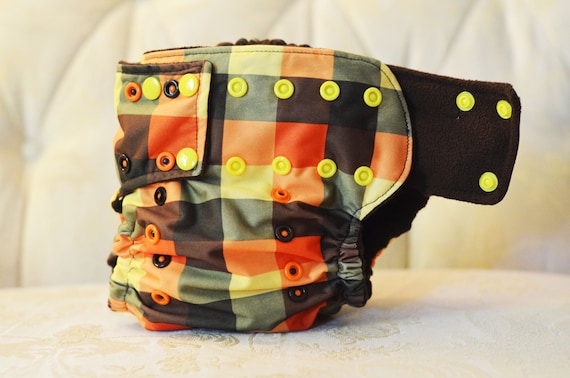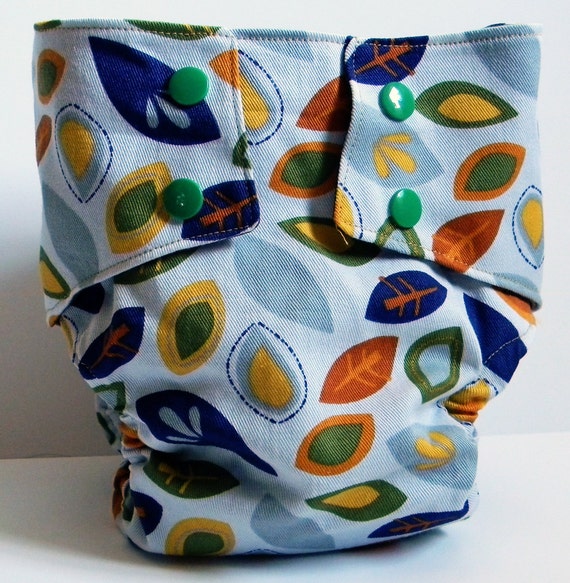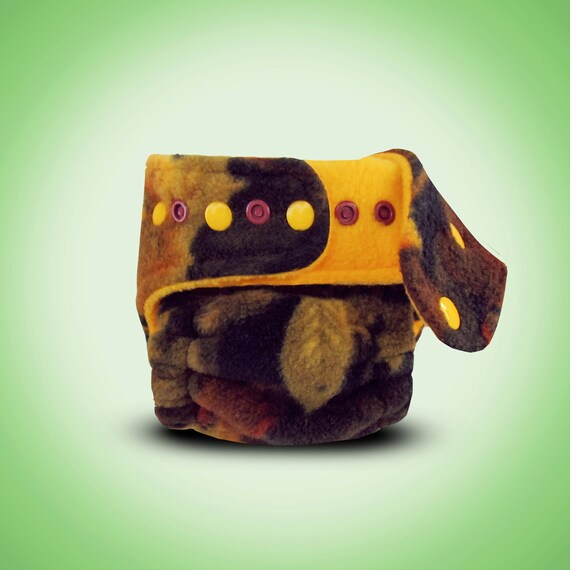Does anyone watch the show Shark Tank on ABC? My hubby and I love to sit down and watch this show together every Friday night. Shark Tank is a TV series where people pitch their ideas, inventions, or established businesses to 5 investors (Sharks) looking for the next great idea! I have always been intrigued by the inventions that people come up with!
This week, Tereson Dupuy, owner and inventor of FuzziBunz will be featured on the show! You can imagine how excited I am as two of my favorites things are combining together! Shark Tank and Cloth Diapers!!!
History of FuzziBunz :
I
am curious as to what exactly Dupuy will be
"pitching" to the Sharks. FuzziBunz is one of the most well-known,
established and successful companies within the cloth diapering community. In fact, the first cloth diaper I ever purchased was a FuzziBunz. Here are some guesses as to what FuzziBunz may "pitch" to the Sharks:
- Expanding to the mass markets (walmart, target)
- Coming up with a new design or feature to improve current products and make them more easily accessible, and easy to use for moms and dads
Since I am still staying with my Stash Sister, I will be having the entire house tune in whether they like it or not. They have already had a 1 week warning that I am claiming the TV for that time period. Be sure to tune in to TOMORROW with me, Friday September 28th at 8pm EST on ABC to find out what the next big step for FuzziBunz is! Be sure to check your local listings for channels and times. For more information on this week's episode, check out the Shark Tank Blog.
Have you ever watched Shark Tank before?
What do you think the big "pitch" will be?
Will you be tuning in this Friday?






























